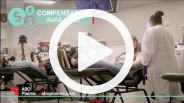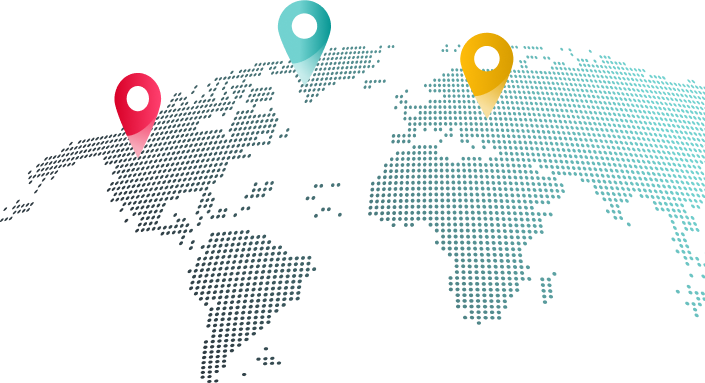How Plasma Helps

Watch the Video and see how you can make a difference.
Plasma Donation Across the Globe
In more than 900 specialized donation centers located in the U.S., Europe, and Canada, individuals may donate plasma through a process called plasmapheresis. Plasmapheresis is a sterile, self-contained, automated process where plasma is separated from red blood cells and other cellular components of blood which are then returned to the donor.
Source plasma collection in the U.S. is regulated by the U.S. Food and Drug Administration (FDA)

Donations needed to treat one patient for one year
130
Primary immunoddeficientcy disease
900
Primary immunoddeficientcy disease
1200
Primary immunoddeficientcy disease
Your blood
Plasma is the largest component of human blood, comprising about 55 percent, and contains water, salts, enzymes, antibodies and other proteins.
44%
Red blood cells
1%
Red blood cells & platelets
55%
Plasma
Your plasma
Plasma is the largest component of human blood, comprising about 55 percent, and contains water, salts, enzymes, antibodies and other proteins.
92%
Water
1%
Other solutions
7%
Proteins
Your proteins
Plasma is the largest component of human blood, comprising about 55 percent, and contains water, salts, enzymes, antibodies and other proteins.